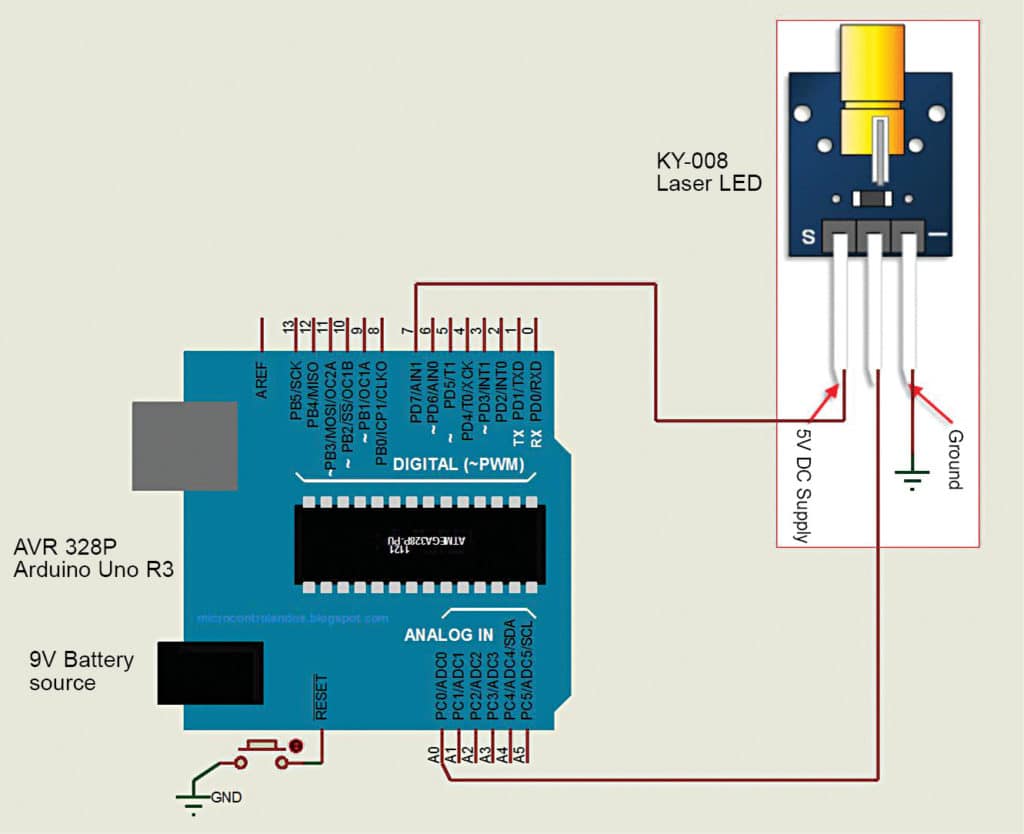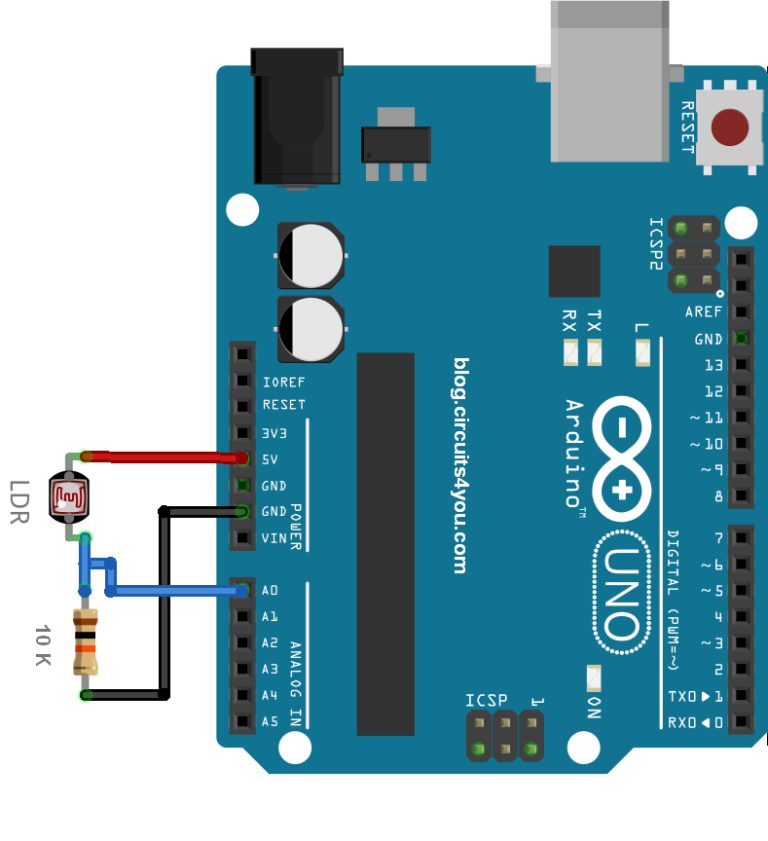How To Make Solar Tracker System Using Arduino And LDR Presentation
| Introduction to Solar Tracker System | ||
|---|---|---|
| A solar tracker system is designed to maximize the efficiency of solar panels by orienting them towards the sun. Arduino, a popular microcontroller platform, can be used to control the movement of solar panels. Light Dependent Resistors (LDRs) are sensors used to detect sunlight intensity and guide the solar panels' movement. | ||
| 1 | ||
| Components Needed | ||
|---|---|---|
| Arduino Uno or similar microcontroller board. Two LDRs to sense sunlight intensity. Servo motors to control the movement of solar panels. | ||
| 2 | ||
| Circuit Connections | ||
|---|---|---|
| Connect VCC and GND of LDRs to 5V and GND pins of Arduino, respectively. Connect the analog output pins of LDRs to analog input pins of Arduino. Connect the control pins of servo motors to digital pins of Arduino. | ||
| 3 | ||
| Basic Operation | ||
|---|---|---|
| LDRs sense sunlight intensity and provide analog readings to Arduino. Arduino compares the readings from both LDRs to determine the direction of maximum sunlight. Based on the readings, Arduino sends signals to the servo motors to adjust the position of the solar panels. | ||
| 4 | ||
| Calibrating LDRs | ||
|---|---|---|
| Place the solar tracker system in an open area with ample sunlight. Adjust the position of the solar panels manually to face the sun. Monitor the analog readings from both LDRs using Arduino's serial monitor. | ||
| 5 | ||
| Coding the Arduino | ||
|---|---|---|
| Write a code in the Arduino IDE to read the analog values from LDRs. Use conditional statements to determine the direction of maximum sunlight. Calculate the angle of rotation required for the servo motors. | ||
| 6 | ||
| Testing and Troubleshooting | ||
|---|---|---|
| Place the solar tracker system in direct sunlight and observe the movement of the solar panels. Ensure the panels are continuously adjusting their position to face the sun. Monitor the LDR readings and compare them with the reference values obtained during calibration. | ||
| 7 | ||
| Enhancements and Upgrades | ||
|---|---|---|
| Add a real-time clock module to track the sun's movement throughout the day. Implement a feedback mechanism to fine-tune the solar panel's position based on LDR readings. Integrate a wireless communication module to monitor and control the solar tracker system remotely. | ||
| 8 | ||
| Benefits of Solar Tracker Systems | ||
|---|---|---|
| Increased energy generation: Solar panels facing the sun directly capture more sunlight, leading to higher energy production. Improved efficiency: Solar tracker systems can increase the efficiency of solar panels by up to 30% compared to fixed installations. Optimal power output: Continuous tracking ensures the solar panels operate at their maximum power point, maximizing energy yield. | ||
| 9 | ||
| Conclusion | ||
|---|---|---|
| Building a solar tracker system using Arduino and LDRs can optimize the performance of solar panels. The system continuously adjusts the position of the panels to face the sun, resulting in increased energy generation. Proper calibration, circuit connections, and coding are crucial for the accurate functioning of the solar tracker. | ||
| 10 | ||





